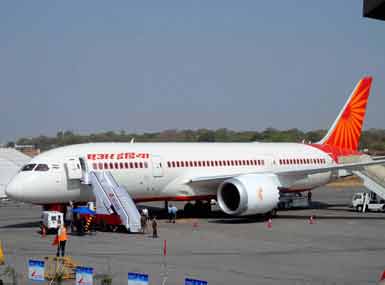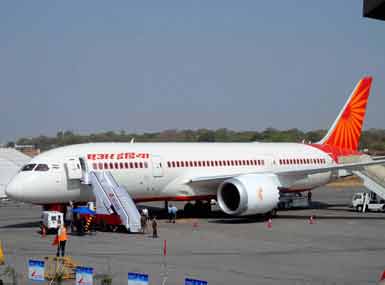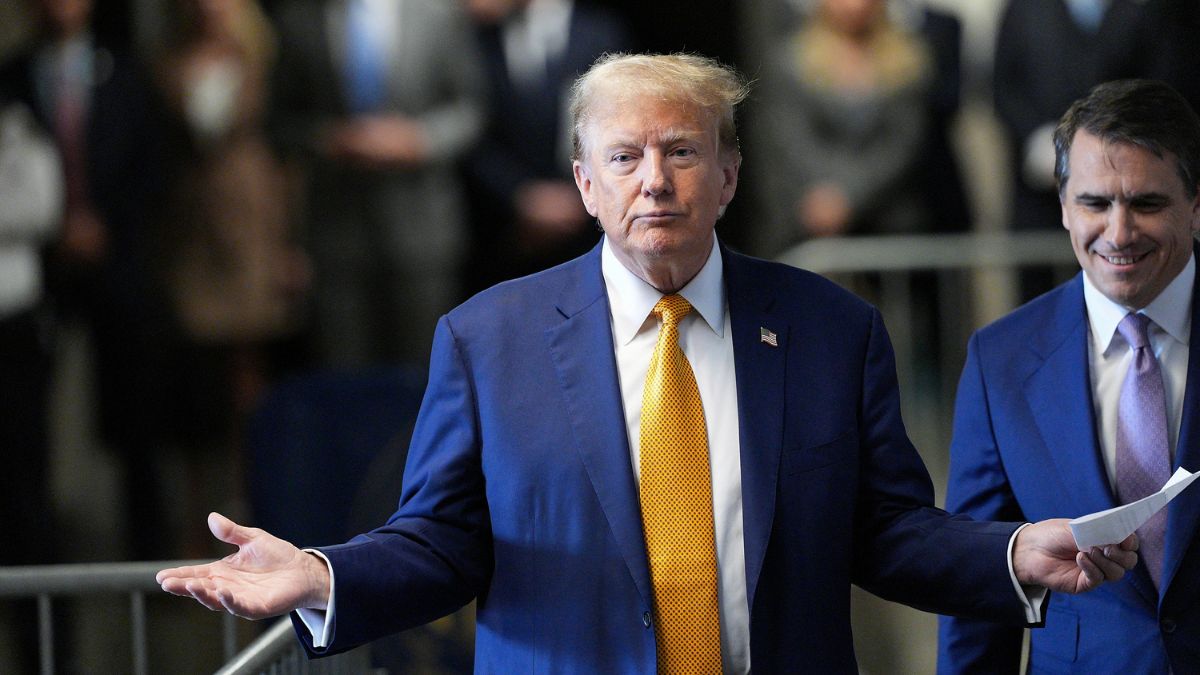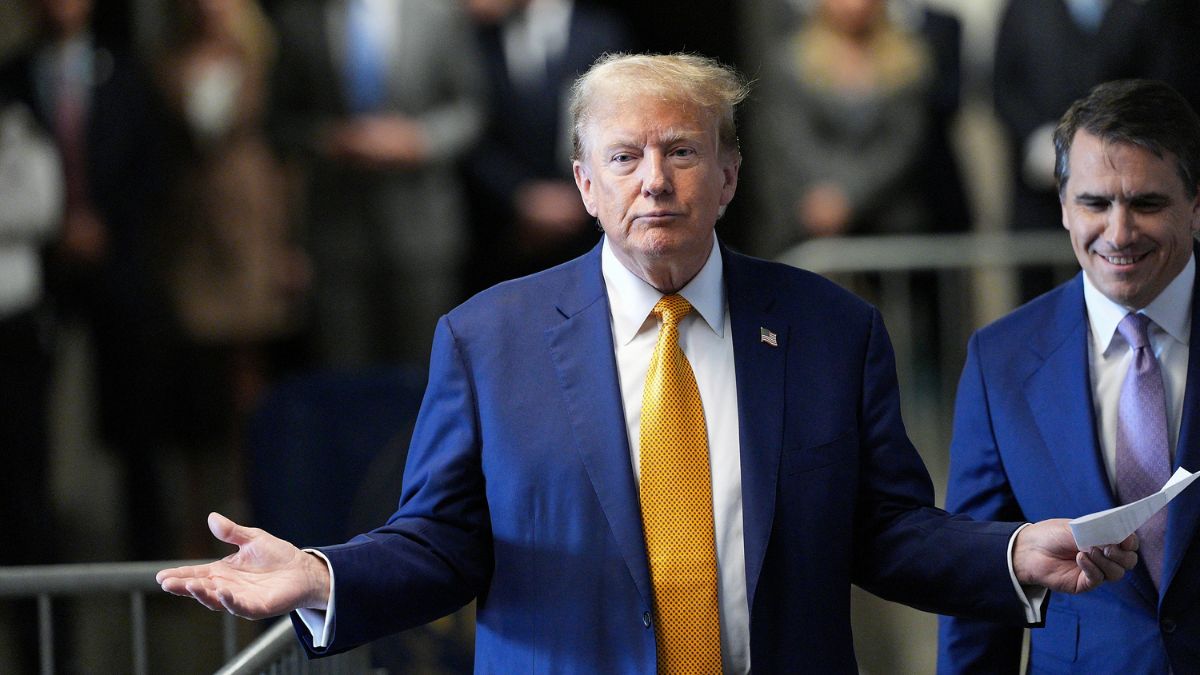New Delhi: Almost Rs 10 crore daily net loss and Rs 16.5 crore in daily debt servicing. This is what Air India’s balance sheet looked like as of March this year, according to data presented by Minister of State for Civil Aviation Jayant Sinha in Rajya Sabha today. The airline has about Rs 6,000 crore debt servicing obligation on its books which is 50 percent more than previously thought. And despite historic low fuel prices in FY17 helping it significantly improve its margins, Air India’s balance sheet continues to be splashed in red. It has reported a three-fold jump in operational profit for FY17, largely on the back of benign fuel prices, with other costs remaining nearly the same. In the last few weeks, a lot of chatter and public discourse around Air India has been about its potential disinvestment and who are the interested private players likely to board the Maharaja. The biggest hurdle for any potential buyer of Air India continues to be its debt pile – in fact, it is the inability of the government to lighten Air India’s debt burden which is pushing it to consider divestment in the first place. So what does Air India have to pay each year to service this debt? As per Sinha’s reply, this figure is about Rs 6,000 crore. This means Air India has to pay about Rs 500 crore each month in interest or about Rs 16.5 crore each day of the year as interest outgo. The total debt on the airline’s books as of March this year is Rs 48,876.81 crore. No wonder then that IndiGo, which has already expressed interest in bidding for the overseas operations of the airline, has clearly said it does not plan to take on the airline’s debt. When three Rajya Sabha MPs wanted to know the reasons for Air India facing financial pressure and earning less profit despite having more resources compared to private airlines, MoS Civil Aviation Jayant Sinha said in the reply today “Air India is facing financial pressure and earning less profit due to high debt burden as an offshoot of past accumulated losses. The debt servicing is at around Rs 6,000 crore per annum.” [caption id=“attachment_3827131” align=“alignleft” width=“385”]  PTI[/caption] That debt is killing Air India is evident also from an analysis done by ICICI Securities’ Anshuman Deb, who said in a note to clients some days back that the operational cost structure of Air India (ex-debt servicing and depreciation) has already seen a turnaround. He based his observations on lower fuel costs in the fiscal year ending March 2017. From 43 percent of the total cost in FY15, fuel expenses fell to just 23 percent of the total cost structure of Air India in FY17. Or to put this in perspective, from nearly half the cost structure comprising fuel expenses, Air India’s fuel costs were around just a fourth of the total cost structure in FY17. This single factor has helped the airline generate an EBITDAR of anywhere between 15-20 percent in FY17 versus a measly 2 percent in FY15. But since the debt pile refuses has not been reduced at all during this period, the interest portion continues to bog down Air India. Global aviation consultancy CAPA had said recently that the government will have take close to Rs 58,000 crore (non-aircraft debt, equity invested till date) haircut to make AI divestment viable and feasible for Investors. It also said that once the balance sheet has been cleaned up, CAPA expects significant interest in AI. In another reply, Jayant Sinha said the airline posted a provisional operating profit of Rs 300 crore in FY17, three times the number it claimed in the previous fiscal. Air India has seen a substantial increase in revenue for the first time in four years last fiscal at Rs 22,146 crore versus Rs 20,524.56 crore in FY16 or about eight percent higher. Net loss was the lowest in four years at Rs 3,643 crore, 42 percent down from the figure in 2013-14 at Rs 6,279.6 crore. The total accumulated losses of Air India as per the audited accounts on 31st March 2016 were Rs 41,380.45 crore. Late last month, the Union Cabinet gave an in-principle nod to strategic disinvestment of government’s stake in Air India but It is long road to privatisation of the national carrier, where government is the sole owner and has yet not taken a call on how much equity to offer to a potential strategic investor. The entire disinvestment process could take anywhere up to 18 months. The Cabinet decided to form a Group of Ministers (GoM) to decide, among other things, the quantum of equity to be offered, ways to deal with Air India’s “unsustainable” debt and housing some of the airline’s assets into a shell company. This group will also decide whether to demerge three of the airline’s profitable subsidiaries and do a strategic sale of these. Also, a very crucial piece of the Air India jigsaw will fall in place when this group decides if foreign investors and/or foreign airlines can also bid for the national carrier. The group is headed by Finance Minister Arun Jaitley and also comprise the minister of civil aviation besides others. It is slated to hold its first meeting this evening. So will the government bite the bullet and completely exit the Maharaja? This is one possibility and perhaps the only sensible thing to do. The three options on the table are a 100 percent sell-off, a 74 percent stake sale or a 51 percent stake sale. This means in any scenario, the government will cease to be a majority owner of the airline. An official close to developments had told Firstpost earlier that it is possible to break up the airline into two distinct parts. One is the airline itself with aircraft and related assets. The second part comprises Air India’s subsidiaries and the real estate. This official had said that the sensible way to get maximum value in this disinvestment process would be to sell off just the airline to a prospective buyer. The government could then simultaneously dispose off the subsidiaries and real estate for a total consideration of close to Rs 20,000-21,000 crore. This official had said that the sale of standalone Air India can happen only when any prospective buyer agrees to bear about Rs 20,000 crore of aircraft loans and another Rs 6,000-7,000 crore of working capital loans.
Air India has to pay about Rs 500 crore each month in interest or about Rs 16.5 crore each day of the year as interest outgo
Advertisement
End of Article


)
)
)
)
)
)
)
)
)



